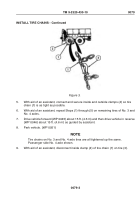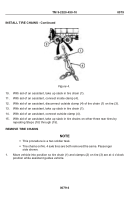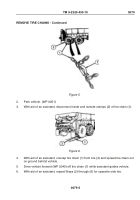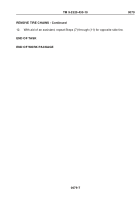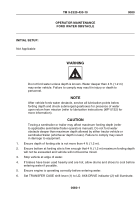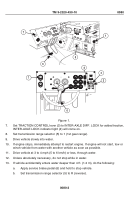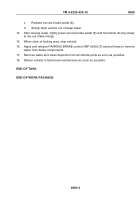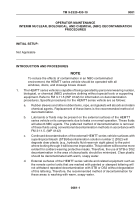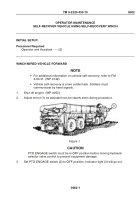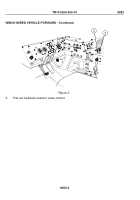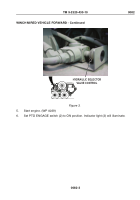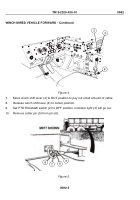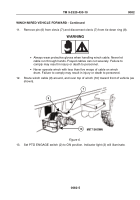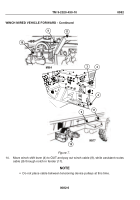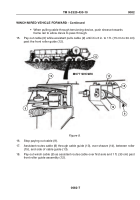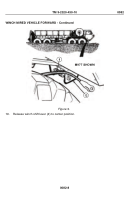TM-9-2320-430-10 - Page 365 of 868
OPERATOR MAINTENANCE
INTERIM NUCLEAR, BIOLOGICAL, AND CHEMICAL (NBC) DECONTAMINATION
PROCEDURES
INITIAL SETUP:
Not Applicable
INTRODUCTION AND PROCEDURES
NOTE
To reduce the effects of contamination in an NBC-contaminated
environment, the HEMTT series vehicle should be operated with all
windows, doors, and stowage boxes closed.
1.
The HEMTT series vehicle is capable of being operated by personnel wearing nuclear,
biological, or chemical (NBC) protective clothing without special tools or supporting
equipment. Refer to FM 3-11.5 (WP 0142) for information on decontamination
procedures. Specific procedures for the HEMTT series vehicle are as follows:
a.
Rubber sleeves and other rubber items, rope, and gaskets will absorb and retain
chemical agents. Replacement of these items is the recommended method of
decontamination.
b.
Lubricants or fluids may be present on the external surfaces of the HEMTT
series vehicle or its components due to leaks or normal operation. These fluids
will absorb NBC agents. The preferred method of decontamination is removal
of these fluids using conventional decontamination methods in accordance with
FM 3-11.5. (WP 0142)
c.
Continued decontamination of the external HEMTT series vehicle surfaces with
supertropical bleach (STB)/decontamination solution number 2 (DS2) will
degrade clear plastic (e.g., hydraulic fluid reservoir sight glass) to the point
where looking through it will become impossible. This problem will become more
evident for soldiers wearing protective masks. Therefore, the use of STB or DS2
decontamination in the area of clear plastic should be minimized. Clear plastic
should be decontaminated with warm, soapy water.
d.
External surfaces of the HEMTT series vehicle and related equipment such as
the remote control units that are marked with painted or stamped lettering will
not withstand repeated decontamination with STB or DS2 without degradation
of this lettering. Therefore, the recommended method of decontamination for
these areas is washing with warm, soapy water.
TM 9-2320-430-10
0081
0081-1
Back to Top

